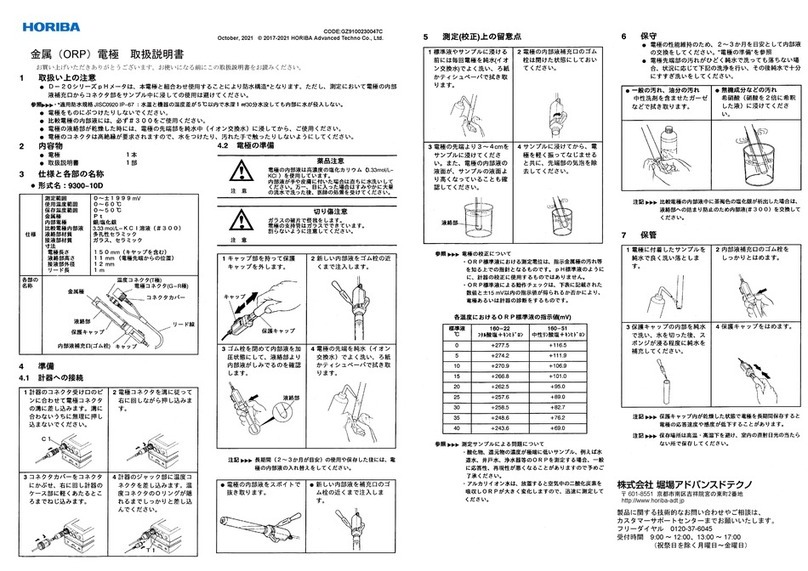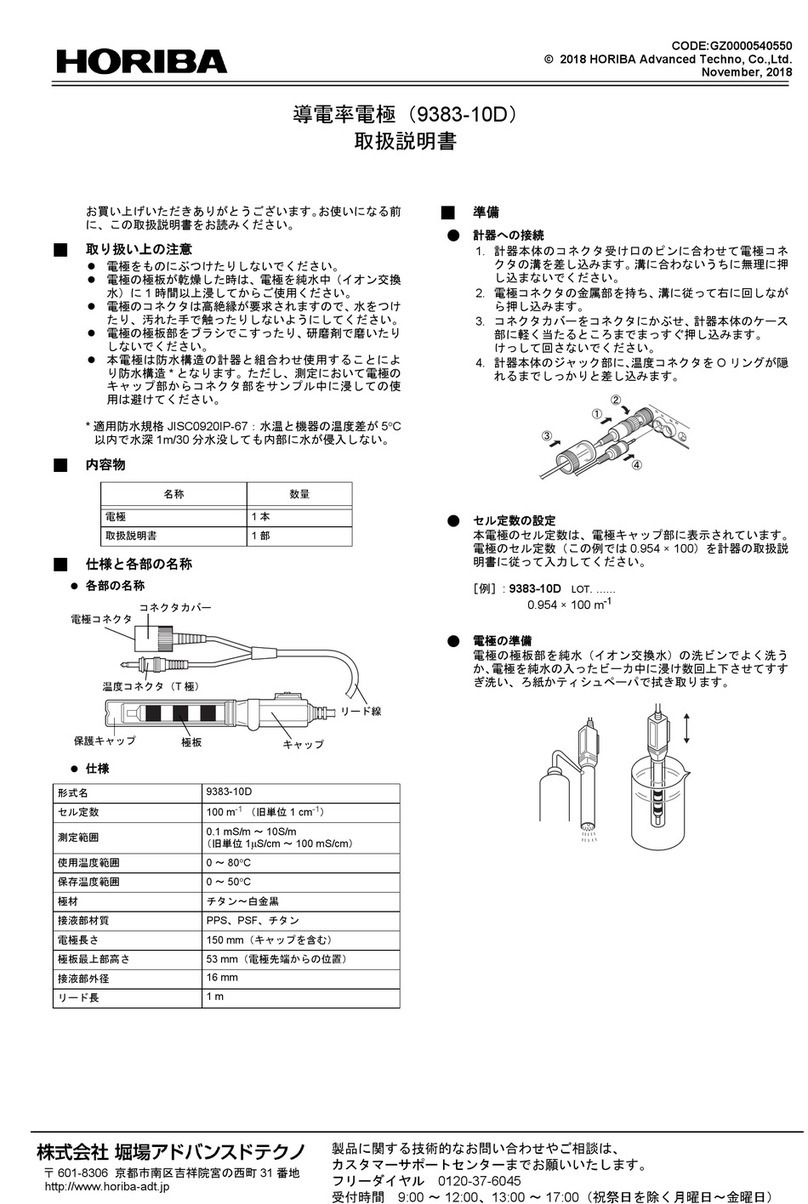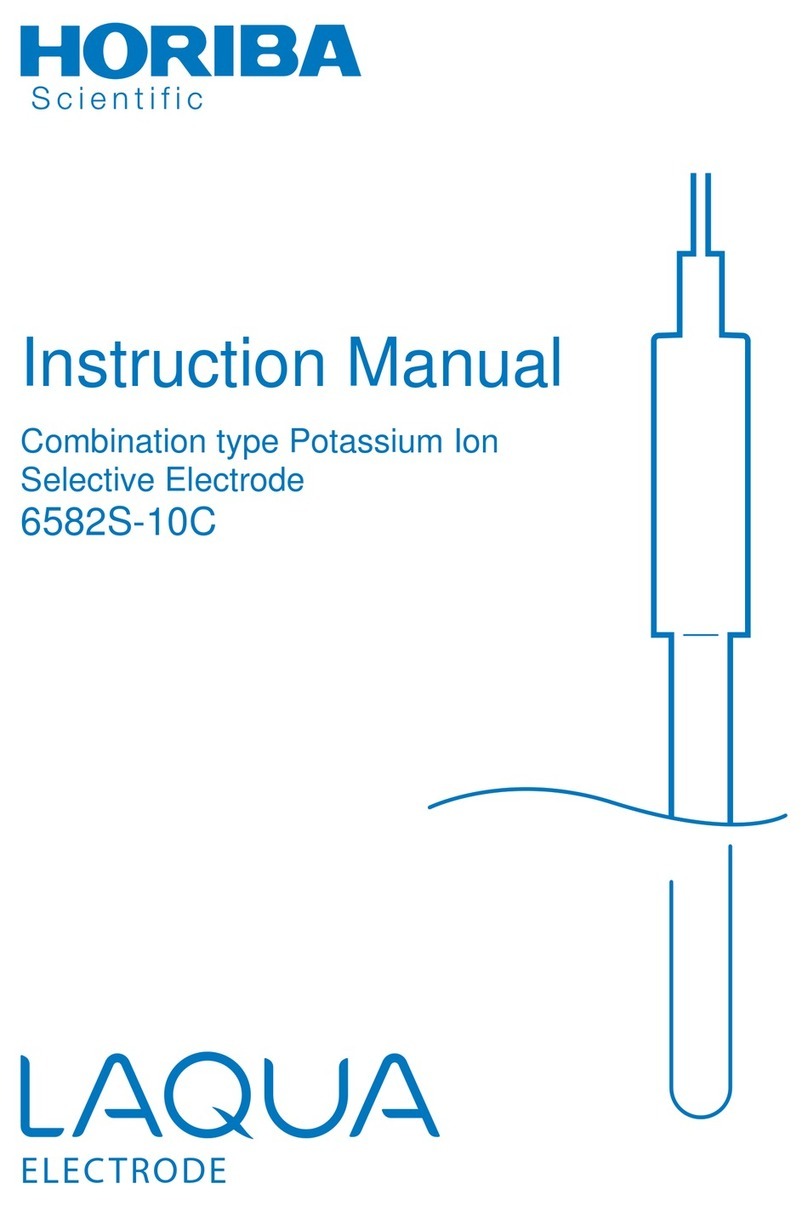
Contents
iv
CHAPTER 6: AUXILIARY ANALOG INPUT........................................................................33
Normalization (Reference) ........................................................................................................ 33
Independent Data Acquisition ................................................................................................... 35
Configuring for Voltage and Current Modes ............................................................................ 36
CHAPTER 7: TEMPERATURE CONTROL ..........................................................................37
CHAPTER 8: DETECTOR SYSTEM COMPONENT DESCRIPTION ..............................39
Synapse CCD Detector Head .................................................................................................... 39
Detector Head Cooling........................................................................................................... 39
Detector Head Chamber and Cooling Effectiveness.............................................................. 40
Detector Head Electrical Interfaces........................................................................................ 40
SHUTTER.............................................................................................................................. 41
START EXPERIMENT......................................................................................................... 41
EXT TRIGGER READY ....................................................................................................... 42
Pixel Processing / Data Acquisition Modes of Operation...................................................... 44
Gain Selections....................................................................................................................... 45
System Noise.......................................................................................................................... 47
Built-In-Test Diagnostic Capability....................................................................................... 49
CCD Hardware Binning Control............................................................................................ 49
CCD Exposure Control .......................................................................................................... 49
Synapse Power Supply Unit ...................................................................................................... 51
Integrated TE Power Supply .................................................................................................. 51
Integrated Power Shutter Drive Circuitry (optional).............................................................. 51
Power Supply Unit Electrical Interfaces ................................................................................ 52
Software..................................................................................................................................... 53
Shutter........................................................................................................................................ 53
CHAPTER 9: POWERING DOWN AND DISASSEMBLY OF THE SYSTEM .................55
Power Down Procedure............................................................................................................. 55
Disassembly of the Detection System ....................................................................................... 55
CHAPTER 10: OPTIMIZATION AND TROUBLESHOOTING..........................................57
Optical Optimization ................................................................................................................. 57
Spatial Optimization.................................................................................................................. 57
Reducing the Number of Conversions....................................................................................... 58
Environmental Noise Reduction................................................................................................ 58
Cooling ...................................................................................................................................... 59
Shutter........................................................................................................................................ 59
Power Interruption..................................................................................................................... 59
Software Cannot Recognize Hardware Configuration ............................................................ 59
Unit Fails to Turn On................................................................................................................. 60
APPENDIX A: DIMENSIONAL DRAWINGS........................................................................61
APPENDIX B: COMPLIANCE INFORMATION..........................................................65
Declaration of Conformity......................................................................................................... 65
Supplementary Information.................................................................................................... 65
































